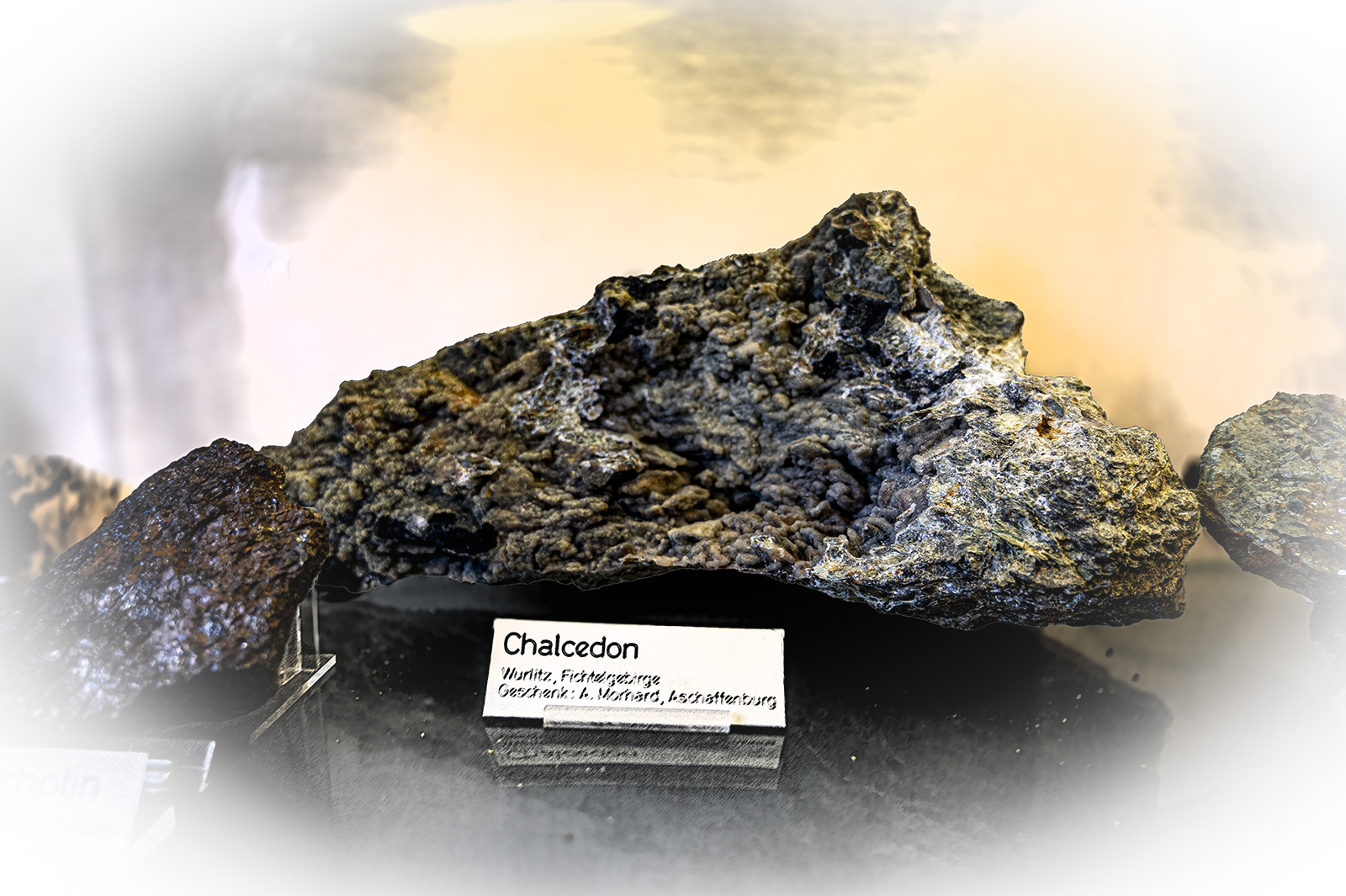
Pompejaneum and Park Schönbusch
Highlight
Produced by :  © 2025
© 2025
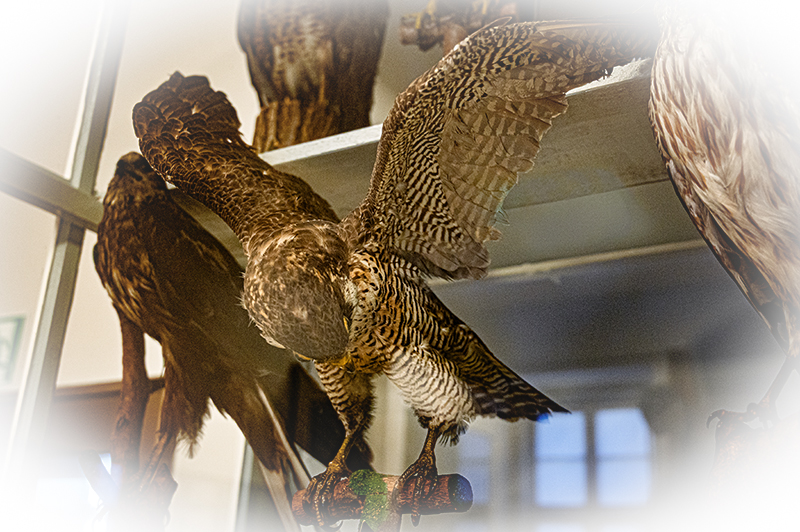
From Forestry Training Center into Natural Science Exhibition
The collections of the Natural History Museum of Aschaffenburg go back to the period between 1807 and 1910 when the institution existed under various names as the Aschaffenburg University of Forestry. The zoological, botanical, geological and mineralogical collections contain many individual objects and bundles that are of great value both for the display collection and scientifically and in terms of the history of science.
A visit to this museum is something extraordinary, because you are actually in a museum of a museum that presents its exhibits in a very traditional way. Especially the birds that I see flying around in our neighborhood, to have them so close up and to really get to know their size.
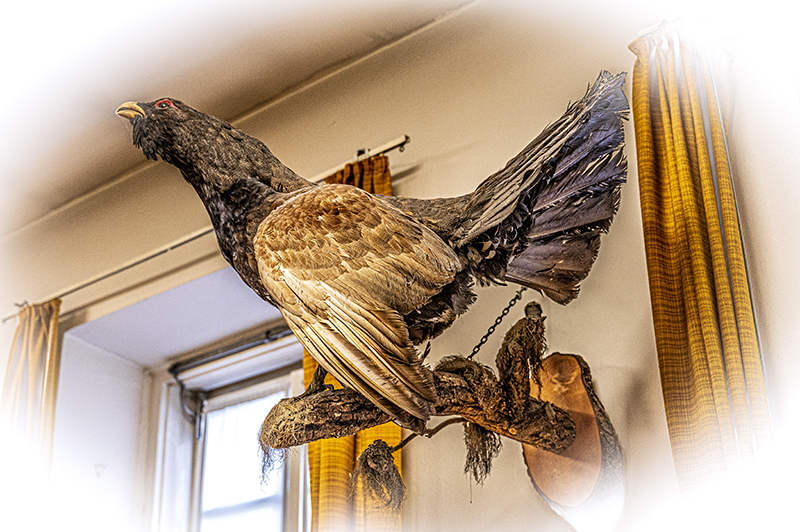
Historical Development
The former city palace of the Counts of Schönborn, built in 1681 in the city center, has housed the Natural History Museum of the City of Aschaffenburg since 1970. As one of the eight municipal museums, this house preserves and displays the geological-mineralogical, botanical and zoological collections. The natural history collections with a regional focus on the Spessart and Bavarian Lower Main region are still the main focus of the museum's holdings, which have grown over 200 years. However, the collections owe their origin less to the intention of presenting animals, plants and minerals in a publicly accessible natural history collection, but rather developed in parallel with a remarkable educational institution.
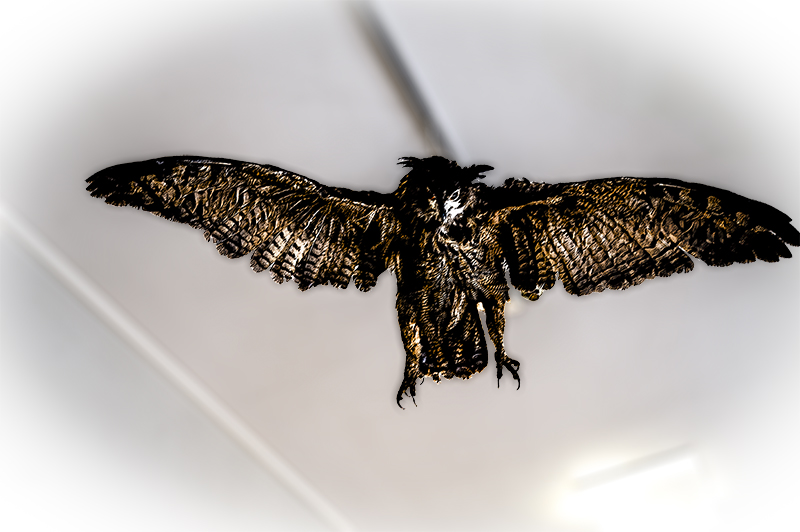
In 1807, in his residence city of Aschaffenburg, the Prince-Primate Karl Theodor van Dalberg, the last Elector of Mainz and Imperial Arch-Chancellor, authorized and promoted the founding of a private forestry school, in addition to other pioneering educational and cultural institutions. When Aschaffenburg became part of Bavaria in 1814, this institution was the only one of its kind in the kingdom in which forestry students from across the region were trained for the forestry service with a practical and scientific focus. With a break from 1832 to 1844, the forestry college existed in Aschaffenburg until 1910 and was thus an important center for forestry research and teaching.
In 1820, the reorganization of the Royal Bavarian Forestry School in Aschaffenburg is mentioned for the first time, along with the teaching content and “two halls for setting up the library and the natural history collections”.
During the interruption of teaching from 1832, the collection of birds, bird eggs, mammals and insects was stored in Würzburg, along with all the other collections. It was transported back to Aschaffenburg by ship for the reopening of the university in 1844.
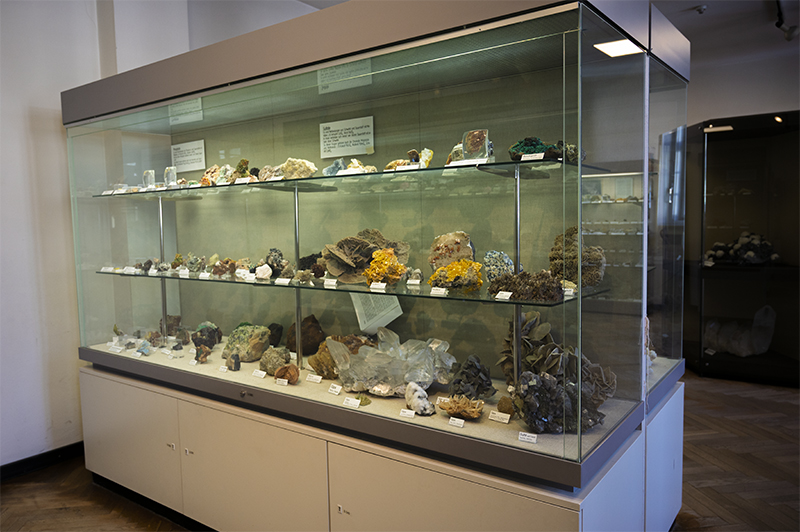
Geological-mineralogical Collection
The systematic and local collections are displayed on the first floor of the museum. The main hall offers a very good overview of all ten classes of minerals in the mineral kingdom, with typical examples in the form of good to very good mineral specimens, including their most important different forms of formation.
In addition to the systematic mineralogical collection, practically all minerals from the Spessart and Odenwald regions are also available in good to very good quality. The - also culturally and historically important - deposits have been fully recorded and are exhibited in seven showcases in the hallway and in a showcase in the hall (focusing on: Sailauf, Bieber, Altenmittlau, Sommerkahl, Niederbeerbach). The accompanying mineralization of the quartz porphyry of the Hartkoppe near Sailauf, which is still being mined today, is shown here with all its rarities as nowhere else.
Source : Martin Höpfner, Head of Collection, Natural Sciences Museum
